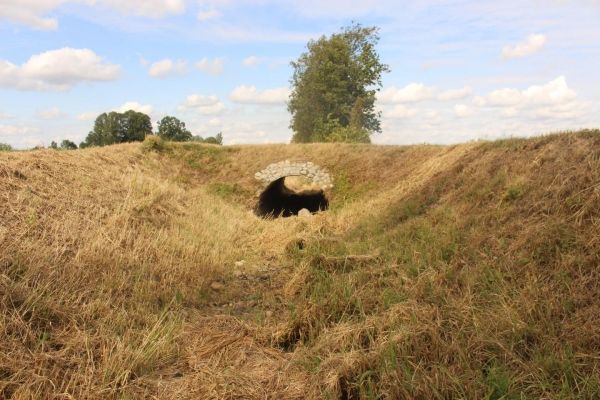In low precipitation periods – where and how is the limited available water distributed and what possibilities are there for improving retention in the soil and the landscape?
Dörthe Tetzlaff and her team from the Leibniz-Institute of Freshwater Ecology and Inland Fisheries (IGB) have discovered that vegetation has a major influence on this. The researchers are investigating the storage, distribution and quality of water in the landscape. Using the example of the drought-sensitive Demnitzer Mühlenfließ in Brandenburg, a sub-catchment area of the Spree, they quantified visible and invisible water flows during and shortly after the drought of 2018.
The annual rainfall in Brandenburg is 560 litres per square metre. This makes Brandenburg a region with the lowest rainfall in Germany. In 2018 there were 390 litres of water per square metre, which is about 40 percent less precipitation than usual.
Even under "normal" climatic conditions, about 90 percent of the precipitation is released back into the atmosphere and does not flow into groundwater or rivers. Groundwater levels in the area today show that the decreased water levels due precipitation deficits from 2018 could not be returned to normal conditions between the growing seasons.
Land use critical for water resource management
Dörthe Tetzlaff is a researcher at the IGB and Professor for Ecohydrology at the Humboldt University of Berlin. She and her team investigated how the process of evaporation and groundwater recharge differ under different soils and land uses.
Read more at Forschungsverbund Berlin
Image: Dried out stream bed in Demnitz, Germany. (Credit: Lukas Kleine)


